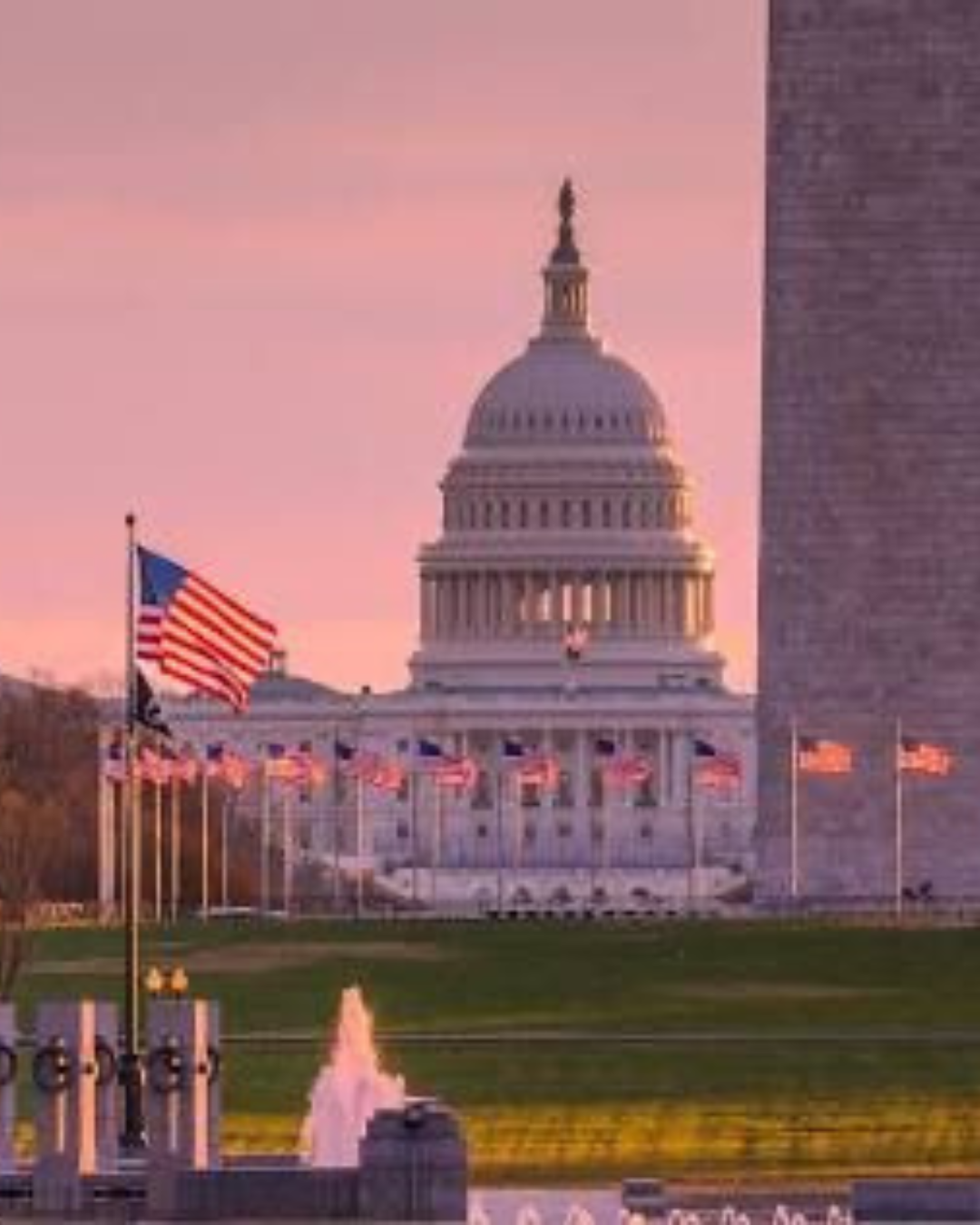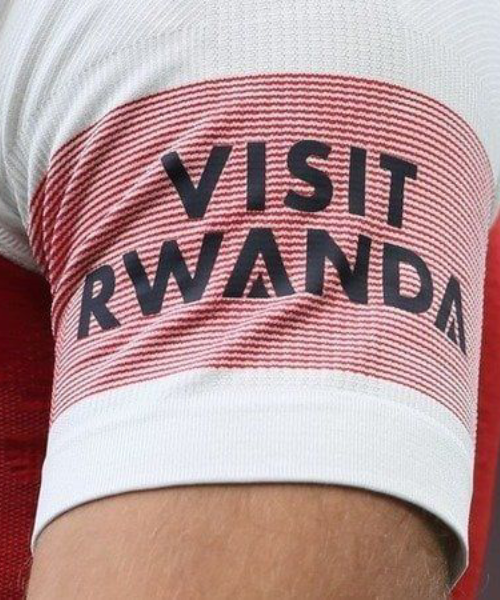On April 8, 1994, just one day after the Genocide against the Tutsi began sweeping across Rwanda, Major General Paul Kagame—then commander of the Rwandan Patriotic Army (RPA)—made a resolute declaration. In the absence of international intervention, Kagame announced that the RPA would take decisive action to end the slaughter. This bold stance, taken from the RPA’s base in Mulindi, marked a pivotal moment in Rwanda’s history.
The genocide had been triggered the previous day, on April 7, after the plane carrying President Juvénal Habyarimana was shot down. The assassination of the president unleashed a well-coordinated campaign of mass killings, particularly targeting the Tutsi population. Chaos erupted in Kigali and quickly spread across the country.
Realizing the urgency and enormity of the violence, Kagame issued a direct order to his troops to begin a focused military operation to stop the genocide. His message reached not only his commanders on the ground but also international diplomats and humanitarian agencies. It was clear: while the world watched in silence, the RPA would act.
RPA’s Early Response and Strategic Shifts
At the time of the outbreak, a contingent of 600 RPA soldiers had already been stationed at the Conseil National de Développement (CND) building in Kigali since December 1993. Originally deployed to protect FPR-Inkotanyi politicians during the anticipated transitional government, their mission changed dramatically after the assassination of the president. These troops—led by Charles Kayonga and supported by officers like then-Captain Charles Karamba—quickly adapted to the unfolding situation.
Surrounded by government forces and militia groups such as the Interahamwe, the soldiers at the CND defended both themselves and a growing number of civilians who had fled there for safety. On Kagame’s command, they converted the CND building—now Rwanda’s Parliament—into a sanctuary. One section of the building even served as an improvised clinic for the wounded.
For several days, this battalion held the line alone, until reinforcements arrived. On April 11, Sam Kaka’s Alpha Battalion moved in from Gicumbi, joining forces with the troops at the CND. Together, they expanded operations throughout Kigali, disrupting roadblocks and neutralizing hostile forces that were orchestrating mass killings.
Saving Lives Amid Violence and Resistance
The RPA’s primary objective was to defeat the forces behind the genocide, rescue Tutsi civilians, and restore order. In every territory secured by the RPA, they established safe zones, delivered medical assistance, and provided essential items like food, clothes, and temporary shelter. These actions brought a sense of humanity and protection to those who had been left for dead.
Special units were formed to locate wounded survivors, unaccompanied children, and the elderly. These teams offered not just security but also emergency care, emotional support, and evacuation services. RPA soldiers worked day and night, rescuing civilians from danger zones and tracking the movement of genocidal forces.
Fighting was often intense. In heavily militarized zones like Kigali, where the genocidaires were well-armed and deeply entrenched, the RPA operated stealthily at night. Their nighttime missions involved combing homes, bushes, alleyways, and churches—anywhere people might be hiding.
Survivors were brought to RPA-held zones, where they received clothing (many were barely dressed or had been stripped), medical treatment, and food. Some were eventually relocated to larger, more secure sites.
Mission-Driven Bravery and National Impact
The RPA also relied on intelligence teams to track areas where Tutsi were being concentrated for execution. Once these zones were identified, Kagame’s command centers launched targeted operations. One such mission led to the liberation of people trapped at Amahoro Stadium, which had been encircled by killers. RPA forces battled their way through Remera, saving hundreds.
When some locations were too dangerous for immediate confrontation, RPA soldiers infiltrated by night, launching surprise operations to evacuate as many people as possible. Notable rescues took place at Saint Paul and Saint André, both of which were considered high-risk locations.
Beyond combat operations, some soldiers went deep behind enemy lines to gather intelligence and rescue Tutsi when opportunities arose. These courageous missions, carried out with limited resources and against overwhelming odds, resulted in the saving of thousands of lives.
As the RPA progressively took control of Kigali and expanded its reach to other regions, more lives were spared. The speed and determination of their actions, combined with the absence of international assistance, made the RPA the sole force capable of halting the genocide.
Legacy of a Historic Decision
Kagame’s announcement on April 8, 1994, did more than signal military action—it was a solemn pledge to the people of Rwanda. That commitment was fulfilled. The RPA’s unwavering stand, amid global silence, forever shaped the nation’s future.
The efforts of the RPA during those dark days demonstrated not only strategic brilliance and military discipline but also compassion, bravery, and a deep sense of duty. In the face of one of the worst atrocities in human history, they brought hope, dignity, and survival to countless lives.
This chapter remains one of the most defining and heroic in Rwanda’s history. The day Kagame declared the RPA would stop the genocide is now remembered not only for its urgency, but for the decisive action that followed—a promise made, and a promise kept.











